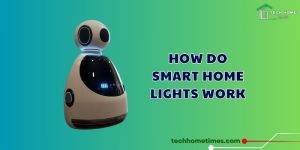Mastering Smart Home Tech – Tips and Tricks
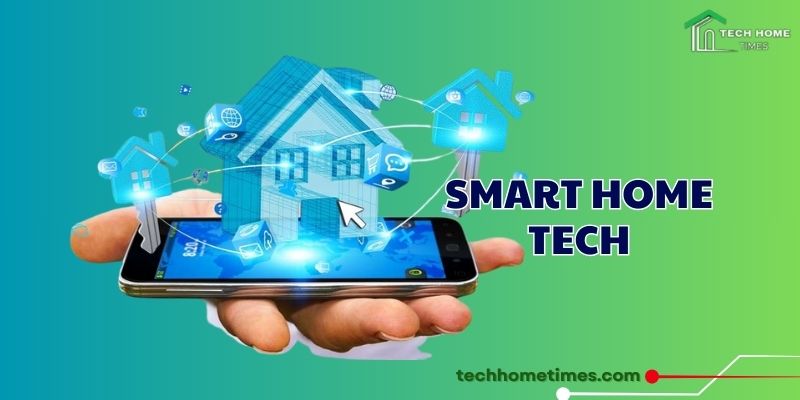
The integration of smart home tech into our daily lives offers unparalleled convenience and automation. However, navigating the vast landscape of connected devices and ensuring a smooth, efficient, and secure smart home ecosystem requires knowledge and strategic implementation.
Contents
Essential Tips for Setting Up Your Smart Home
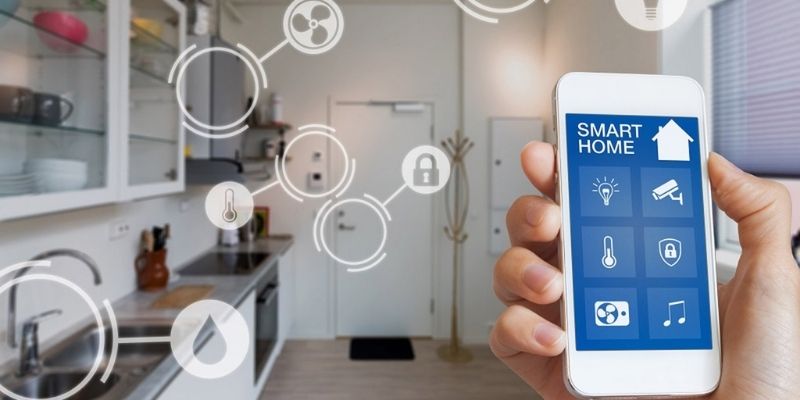
Laying a solid foundation is crucial for a successful smart home experience. Here are essential tips to consider during the initial setup phase of your smart home tech:
Plan Your Ecosystem
Before purchasing any devices, take time to plan your smart home ecosystem. Identify your needs and priorities – security, energy efficiency, convenience, entertainment – and research compatible devices and platforms.
Consider sticking to a unified ecosystem (like Amazon Alexa, Google Home, or Apple HomeKit) initially for easier integration. Understanding the compatibility landscape of smart home tech will save you headaches down the line.
Secure Your Network
Your home Wi-Fi network is the backbone of your smart home tech. Ensure it is secure with a strong password and consider enabling advanced security protocols like WPA3.
A stable and robust network is essential for reliable device performance. Furthermore, consider segmenting your smart home devices onto a separate guest network for enhanced security.
Choose the Right Hub (If Necessary)
Some smart home devices require a central hub (like Zigbee or Z-Wave hubs) to communicate effectively.
Research whether your chosen devices require a specific hub and select one that is compatible and offers the features you need. Understanding the role of hubs in certain smart home tech deployments is key to a functional setup.
Strategic Device Placement
Consider the optimal placement of your smart devices for maximum functionality and coverage.
For example, place smart speakers in central locations for voice control, security cameras with clear lines of sight, and smart sensors in relevant areas for accurate data collection. Thoughtful placement is a often-overlooked aspect of mastering smart home tech.
Keep Software Updated
Regularly update the firmware and software of your smart hubs and devices. Manufacturers often release updates that improve performance, enhance security, and add new features.
Maintaining up-to-date smart home tech is crucial for optimal functionality and security.
Document Your Setup
Keep a record of your smart devices, their configuration settings, and any integration rules you create. This documentation will be invaluable for troubleshooting and future expansion of your smart home tech.
Smart Home Tech in Action

Understanding how smart home tech can be practically applied in everyday scenarios will help you maximize its potential:
Use smart bulbs and plugs to automate lighting schedules, control lights remotely, or create ambiance with voice commands. Motion sensors can trigger lights to turn on automatically when you enter a room, enhancing convenience and energy efficiency. This application of smart home tech can significantly simplify daily routines.
Implement smart security cameras, door locks, and motion sensors to monitor your home remotely, receive alerts for unusual activity, and even control access to your property. AI-powered features like facial recognition can further enhance the intelligence of your security system, showcasing advanced smart home tech capabilities.
Utilize smart thermostats to automate temperature adjustments based on your schedule, occupancy, and even weather forecasts. Geofencing features can automatically adjust the temperature as you leave or approach your home, optimizing comfort and saving energy. This intelligent climate management is a key benefit of smart home tech.
Integrate smart speakers with your TVs, soundbars, and streaming devices for hands-free control of your entertainment system. Use voice commands to play music, change channels, and adjust volume, demonstrating the seamless integration of smart home tech for entertainment.
Explore smart ovens, refrigerators, and coffee makers that offer features like remote control, recipe suggestions, and inventory management. These smart home tech innovations can streamline meal preparation and grocery shopping.
Troubleshooting Common Issues
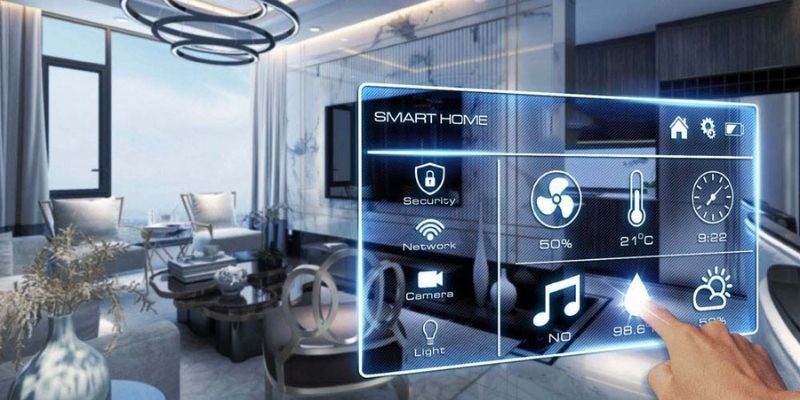
Even with careful setup, you may encounter occasional problems with your smart home tech. Here’s guidance on troubleshooting common issues:
- If a device goes offline, check its power supply, ensure it’s within Wi-Fi range, and try restarting both the device and your smart hub. Consult the device’s manual for specific troubleshooting steps. Connectivity issues are a frequent challenge in smart home tech.
- If your voice assistant isn’t responding, check your internet connection, ensure your smart devices are properly linked to the voice assistant platform, and try rephrasing your commands clearly. Microphone issues on the smart speaker itself can also be a culprit. Effective voice control is a cornerstone of convenient smart home tech.
- If your automated routines aren’t working as expected, review the triggers and actions you’ve set up in your smart home app, ensure all involved devices are online and functioning correctly, and test the automation manually. Incorrectly configured automations are a common snag in smart home tech.
- Sometimes, simply restarting a smart device or your smart hub can resolve temporary software glitches. Ensure your devices are running the latest software versions to minimize these issues. Regular updates are vital for smooth smart home tech operation.
- Wireless interference from other electronic devices can sometimes affect the performance of your smart home devices. Try repositioning devices or switching Wi-Fi channels to mitigate interference. Understanding potential sources of interference is important for reliable smart home tech.
Future Trends and Expanding Your Smart Home
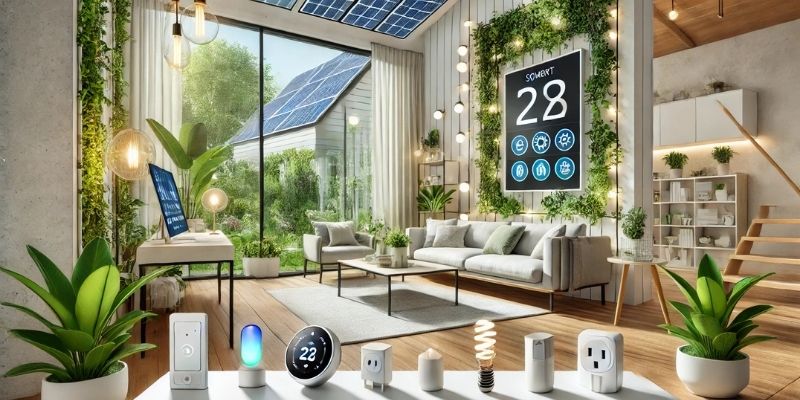
The world of smart home tech is constantly evolving. Staying informed about future trends will help you plan for expansion:
- Expect even more sophisticated AI features to be integrated into smart home devices, enabling more personalized and proactive automation.
- Industry efforts are focusing on creating more open standards and seamless interoperability between different ecosystems and devices.
- More processing power will be moving to local devices, improving responsiveness and reducing reliance on cloud connectivity.
- Future smart home tech will likely emphasize energy efficiency and sustainability, helping homeowners reduce their environmental impact.
- Expect more smart home devices focused on monitoring and improving health and well-being.
When expanding your smart home, research new devices and technologies that align with your evolving needs and ensure compatibility with your existing ecosystem.
Mastering smart home tech involves a combination of careful planning, strategic implementation, proactive maintenance, and an awareness of future trends. To Tech Home Times, by following these tips and tricks, you can create a seamless, efficient, secure, and enjoyable intelligent living experience.


